13 Types of Invoices Every Business Should Know
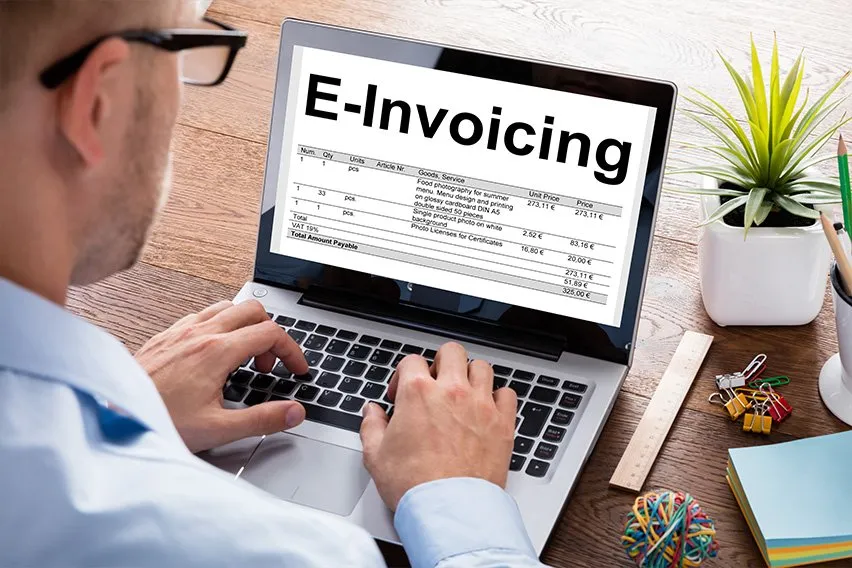
Businesses can create many different types of invoices for their clients, and the type of invoice you choose will depend on your industry, how you bill for your services and how often you plan to get paid.
Learn what type of invoice is right for your business with this handy guide to invoices. For easy browsing, here are the main topics we’ll cover:
What Are the Different Types of Invoices?
How FreshBooks Invoicing Can Help

What Are the Different Types of Invoices?
The different types of invoices that businesses can create for their clients are:
1. Standard Invoice
A standard invoice, aka “basic invoice,” or simply “invoice,” is issued by a business and submitted to a client. This is the most common form of an invoice that small businesses create, and the format is flexible enough to fit most industries and billing cycles. Invoices include the following details about the sale:
- The business’s name and contact information
- The client’s name and contact information
- An invoice number
- The amount of money the client owes the business for its services
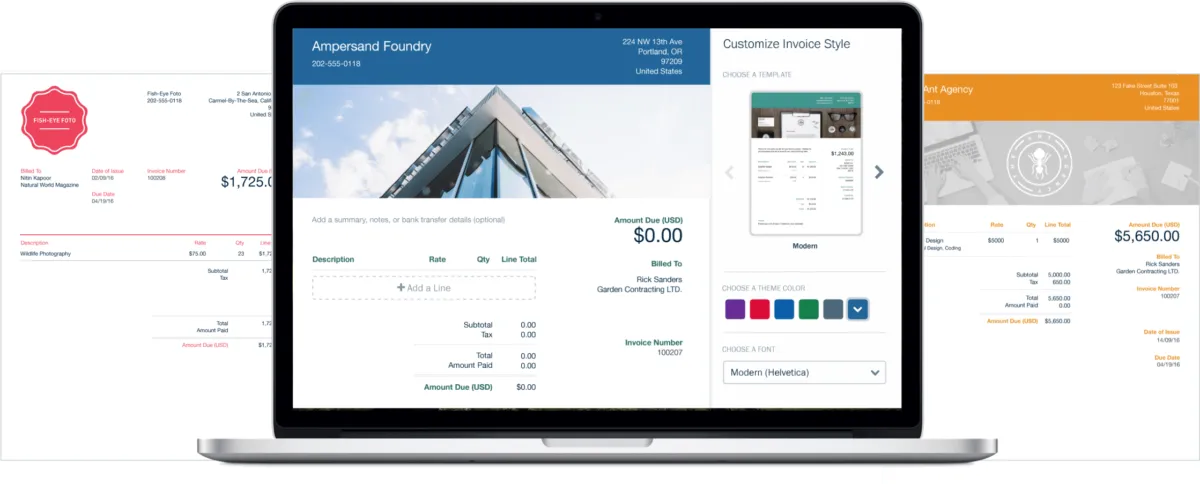
2. Credit Invoice
A credit invoice, also called a credit memo or credit note, is issued by a business that needs to provide a client with a discount, refund or to correct a previous invoicing error. A credit invoice always includes a negative total number. For example, if you’re providing a credit invoice to a client to detail a $50 refund, the total on the credit invoice would be -$50.
3. Debit Invoice
A debit invoice, also called a debit memo or debit note, is issued by a business that needs to increase the amount a client owes to the business. Debit invoices are useful to small businesses and freelancers when they need to make slight adjustments to an existing bill.
For example, if you sent a client an invoice based on your estimated hours and ended up working additional hours on a project, you could send the client a debit invoice for the extra hours billed. Debit invoices are always written as positive numbers.
4. Mixed Invoice
Mixed invoices combine credit and debit charges on one invoice, and the total amount can be either positive or negative. Small businesses rarely need to create mixed invoices for their services. Still, it could be necessary if you reduce the amount a client owes for one of the projects you’re billing for and increase the amount due for a different project billed on the same invoice.
5. Commercial Invoice
A commercial invoice is issued by a business for goods that it sells to customers internationally. Commercial invoices include the sale details needed to determine customs duties for cross-border sales. The information on a commercial invoice includes:
- Shipment quantity
- Weight/Volume
- Description of goods
- Total value
- Packaging format
6. Timesheet Invoice
A timesheet invoice is a standard invoice based on a timesheet. These invoices are utilized when a business or employee bills according to work hours and the standard pay rate. Contract employees, who receive hourly wages from their employers, often use timesheets. For guidance refer to our post on how to create an invoice for hours worked, which ensures accurate measurement of work duration and tasks. This billing approach is widespread in industries where billing is conducted on an hourly basis, such as:
- Lawyers
- Creative agencies
- Business consultants
- Psychologists
7. Expense Report
An expense report is an invoice that an employee submits to an employer to reimburse business-related expenses. For instance, if you send an employee to a lunch meeting with a client, they can create an expense report to invoice your company for the cost of the lunch, parking, and gas they paid for.
8. Pro forma Invoice
A pro forma invoice, also called a proforma invoice, is an estimated invoice that a business sends to a client before providing its services. This invoice provides the client with an estimated cost of the work to be completed, and they may have to be altered once a project is complete to accurately reflect the hours worked.
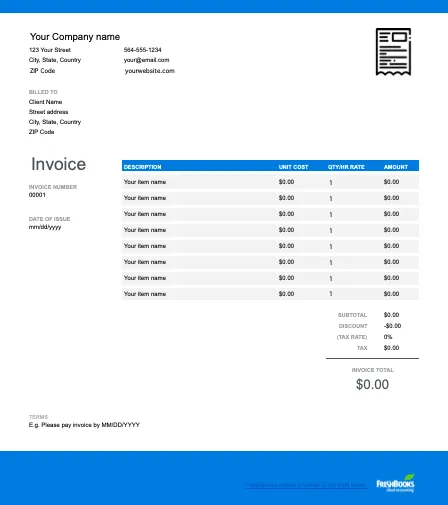
9. Interim Invoice
An interim invoice is ideal for billing on large projects where the business and the client have agreed to terms that include multiple payments. A company or freelancer will submit interim invoices when certain milestones are completed toward the larger project. Interim invoices help small businesses manage their cash flow while working on projects over long periods of time.

10. Final Invoice
A final invoice is sent to the client to request payment once a project is complete. The final invoice is usually more detailed than a pro forma or interim invoice and typically includes the following:
- An itemized list of all services provided
- Total cost of the project
- Invoice number
- Invoice due date
- Payment methods accepted
11. Past Due Invoice
A past-due invoice is just a standard invoice past its due date. A business sends past due notices if their client doesn’t provide payment by the due date listed on the final invoice. Send unpaid invoices to clients as soon as they miss a payment due date. Past-due invoices include all the service and payment details listed on the final invoice and any late fees or interest charges.
12. Recurring Invoice
Recurring invoices are useful for businesses that periodically charge clients the same amount for their services. Recurring invoices are common among IT businesses that charge their clients the same amount each month for a package IT service. Or, if you’re a freelance digital marketer, you might offer social media marketing packages to your clients with standard monthly pricing. Cloud-based invoicing software lets you automate the process of creating recurring invoices and can even send out the recurring invoice on the same day each month, so you don’t have to think about it.
13. E-invoice
E-invoice is a blanket term applied to any invoice sent electronically, regardless of the specific invoice type. E-invoicing is becoming standard practice among small businesses and freelancers because they’re quicker and easier to create than print invoices, and they help you get paid faster for your services.
What is a Purchase Invoice?
A purchase invoice is a commercial document a seller provides to a buyer that outlines the goods or services purchased, the quantity sold, and the sale price. Purchase invoices prove a product or service was bought and the amount paid for it.
What is a Sales Invoice?
A sales invoice is a document a business sends clients to request payment for their products or services. A sales invoice includes a description of the product or service sold, the quantity, and the price. Sales invoices serve as an official record of a sale for both the buyer and the seller.
Use our step-by-step invoicing guide for small businesses to learn how to create your own invoices and download simple, professional invoice templates.
How FreshBooks Invoicing Can Help
FreshBooks offers hundreds of free invoicing templates to fit your needs and design choice, and you can also create custom invoices with simplicity and ease. FreshBooks invoicing allows you to streamline your business with online payments and automatic payment reminders.

Key Takeaways
There are many types of invoices, and it’s important to choose the right one for your business’s needs. A standard invoice is the most commonly used by businesses, and a credit invoice is owed when the customer is entitled to a discount or refund. Debit invoices allow you to make slight adjustments to an existing bill.
If you want to combine both credit and debit charges, choose a mixed invoice, but folks working with international orders will want a commercial invoice.
Are you still waiting to receive payment from a client? Send a past-due invoice if payment isn’t received by the due date listed on the final invoice. No matter what stage of business you’re in, you’ll find a wide selection of invoice templates on FreshBooks.
FAQs on Types of Invoices
What is a Basic Invoice?
A basic invoice, also called a “standard invoice” or just an “invoice,” is a document from one person or business to another requesting payment for goods or services. An invoice should include:
- Your company name and contact information
- Client’s name and contact information
- A unique invoice number
- Invoice date
- Projects or tasks the client is being billed for
- The full payment amount and due date
- Payment instructions
If you want a detailed step-by-step walkthrough, follow our guide on Create a Simple Invoice to prepare quick and professional-looking invoices for your business, or watch our video on how to create an invoice for a more visual demonstration.
What is a PO Invoice?
A purchase order (PO) invoice is an invoice that has a purchase order attached. It is created after the purchase order is approved. The PO invoice details the purchased goods or services and the order number. If you want to learn more about what a PO number is in an invoice, check our article What is a PO Number? In that article, we have explained where the PO number is placed and how to use it on an invoice.
What is a Full Invoice?
A full invoice is the standard when the transaction is subject to excise taxes like GST. These invoices are required whenever you sell a product subject to tax. Here’s what you’ll include:
- A unique invoice number
- Your company name and contact information
- Client’s name and contact information
- The invoice date
- Your company’s GST number
- A description of the products sold
- The individual price and quantity of each item
- The Value-Added Tax rate per item
- Full payment amount before GST
- Full payment amount, including GST
Also Read: How to Invoice a Company
Who Prepares the Invoice?
It’s common practice for the seller to prepare and issue the invoice to the buyer. Sometimes invoice preparation falls on the owner of the business or the business’s bookkeeper.
What is a 3-way Invoice Match?
A 3-way invoice match is used to avoid discrepancies or billing errors. The process compares the purchase order with the receipt and the original invoice to confirm everything is correct on the invoice before asking a client for payment.
Reviewed by
Jason Ding is a seasoned accountant with over 15 years of progressive experience in senior finance and accounting across multiple industries. Jason holds a BBA from Simon Fraser University and is a designated CPA. Jason’s firm, Notion CPA, is an accounting firm with a business-first focus. The firm specializes in preparing personal and corporate taxation while providing fractional CFO work and leading the accounting and finance function for several small-to-medium-sized businesses. In his free time, you’ll find Jason on the basketball court, travelling, and spending quality time with family.
RELATED ARTICLES



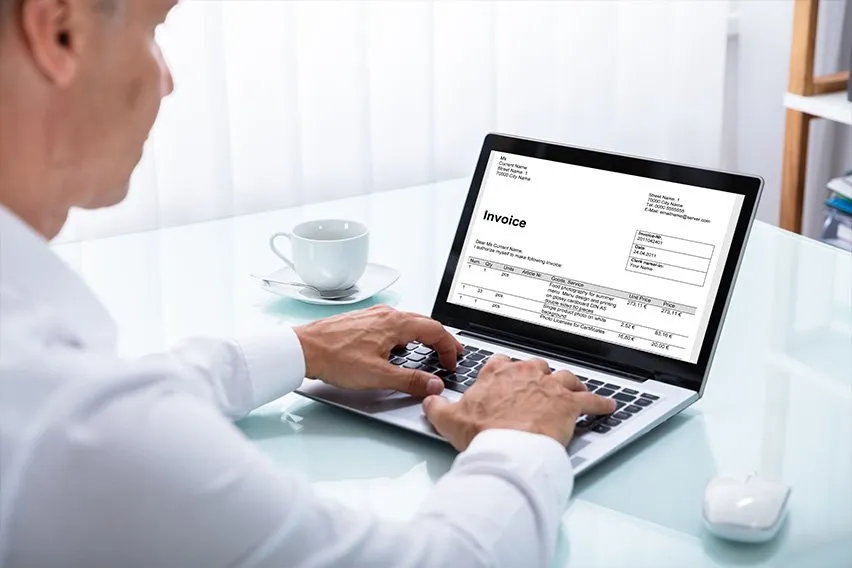 How to Make an Interim Invoice | Progress Billing for Small Businesses
How to Make an Interim Invoice | Progress Billing for Small Businesses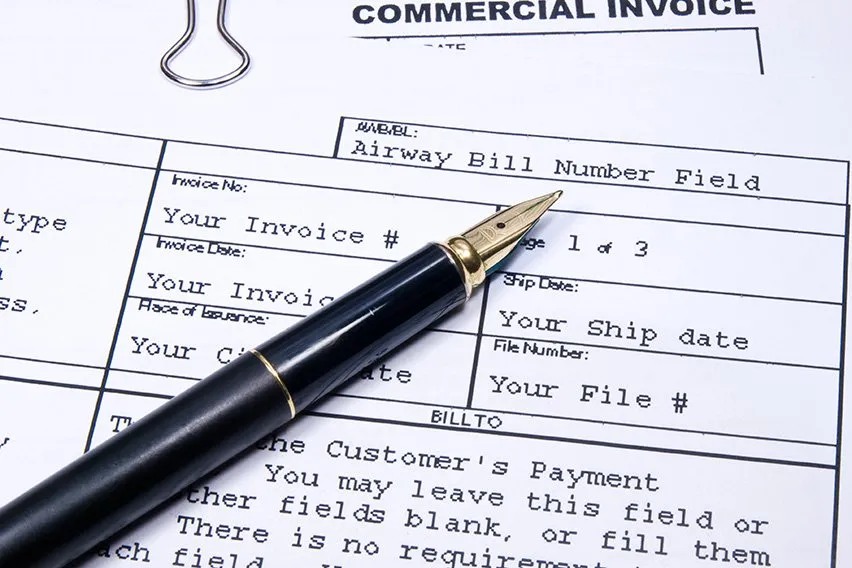 How to Make a Commercial Invoice: Guide for Businesses with Templates
How to Make a Commercial Invoice: Guide for Businesses with Templates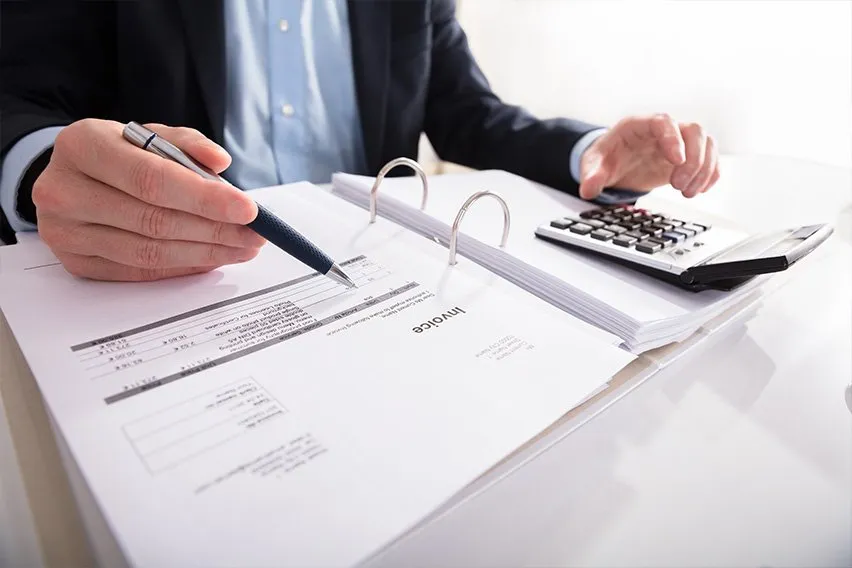 How to Fill out an Invoice | Professional Invoicing Checklist
How to Fill out an Invoice | Professional Invoicing Checklist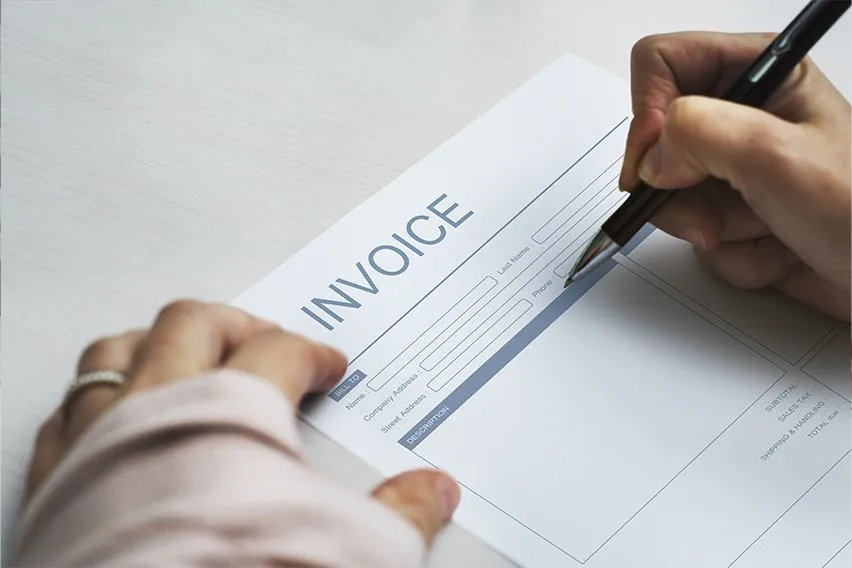 Invoice Wording: How to Word an Invoice For Your Business
Invoice Wording: How to Word an Invoice For Your Business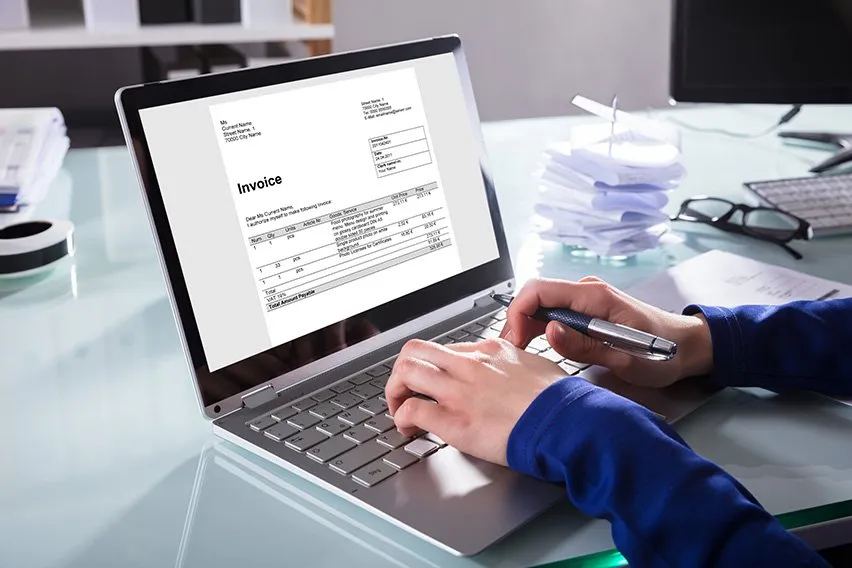 What Does an Invoice Look Like: Everything You Need to Know
What Does an Invoice Look Like: Everything You Need to Know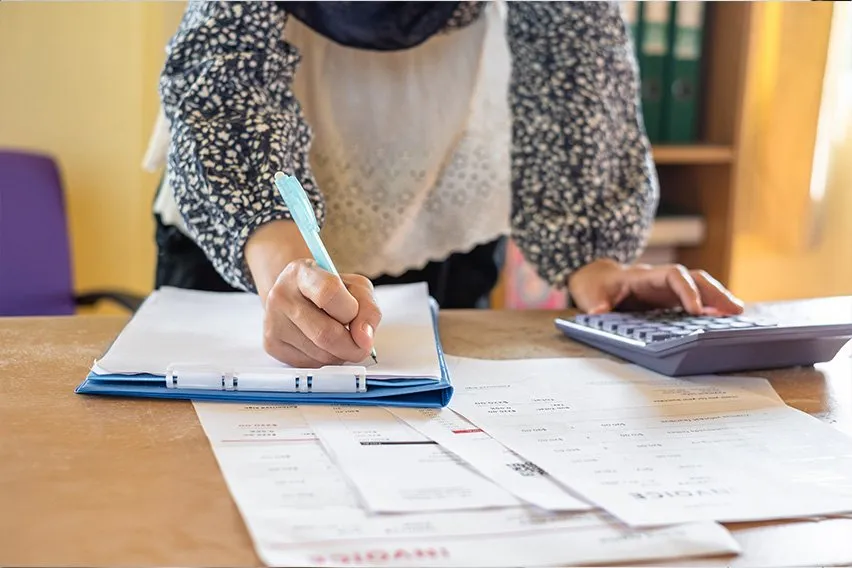 How to Write an Invoice For Services Rendered
How to Write an Invoice For Services Rendered